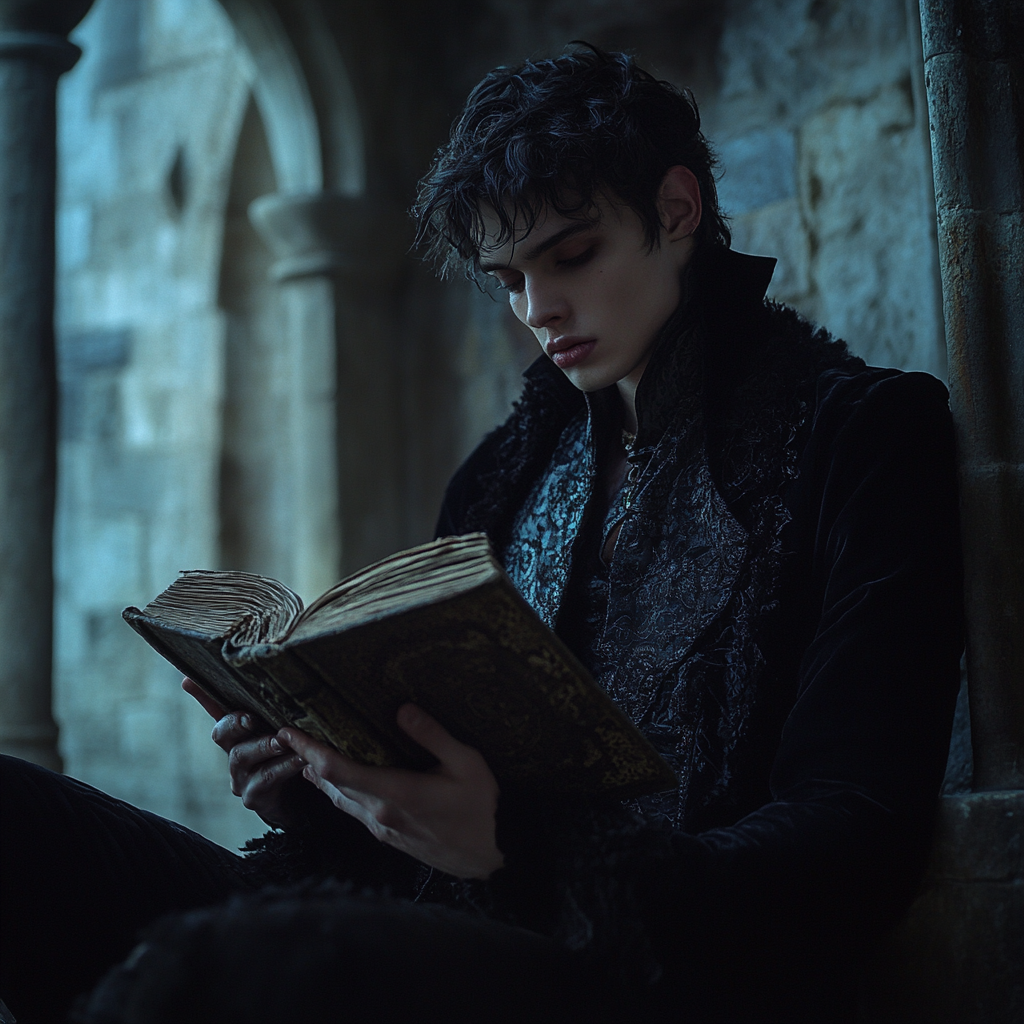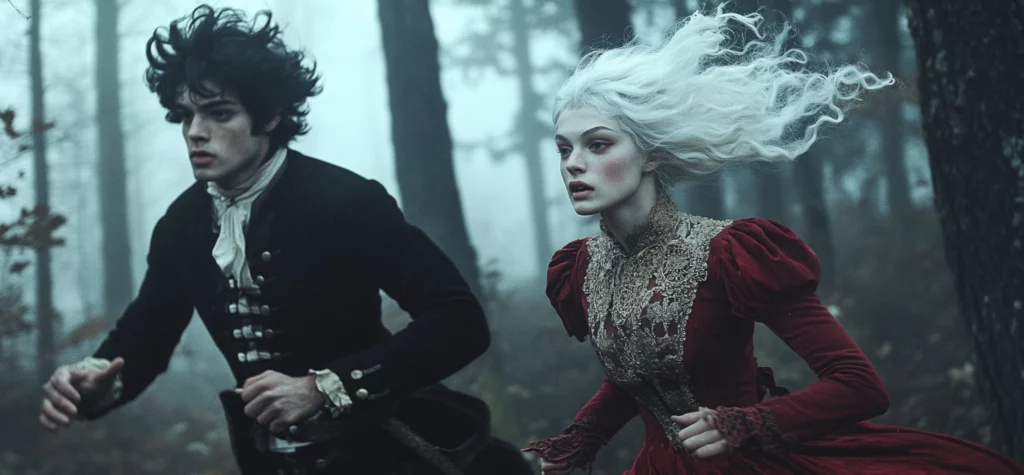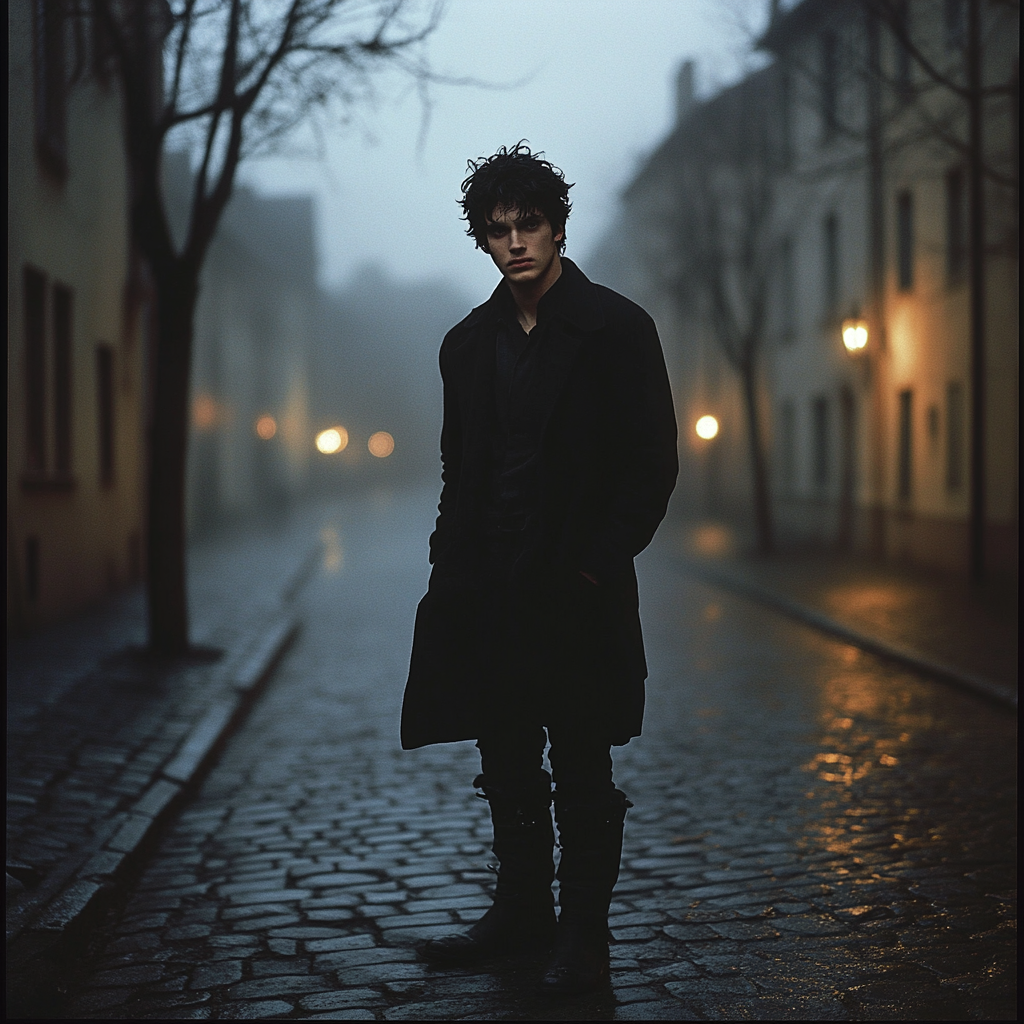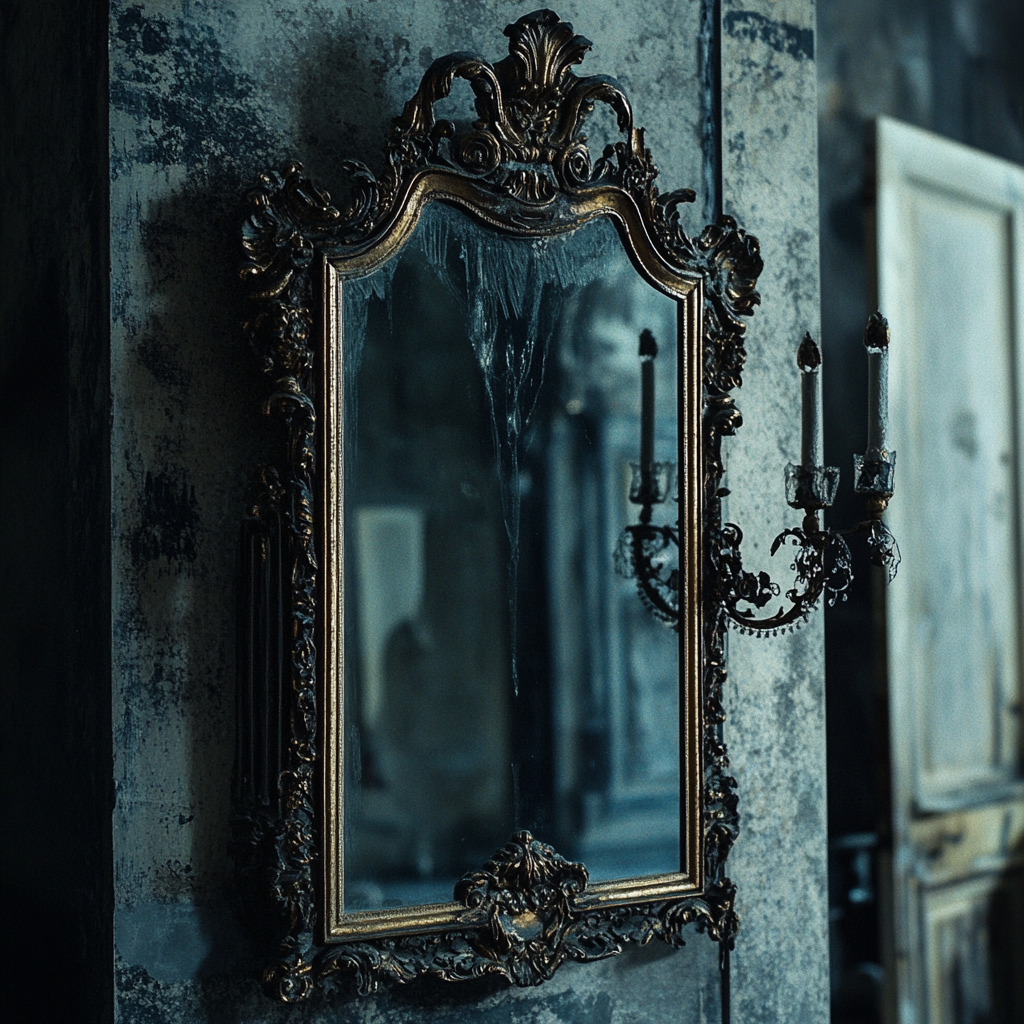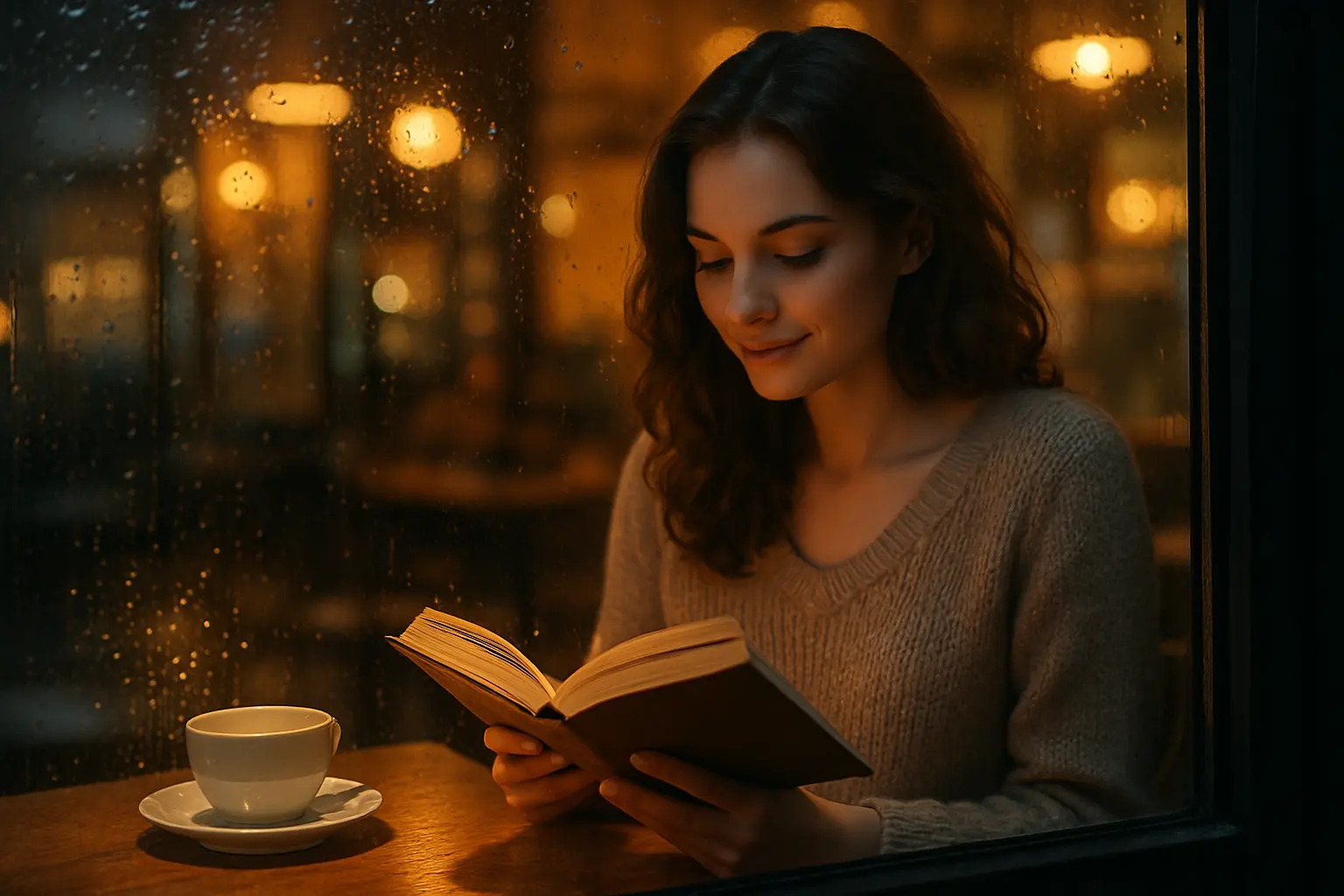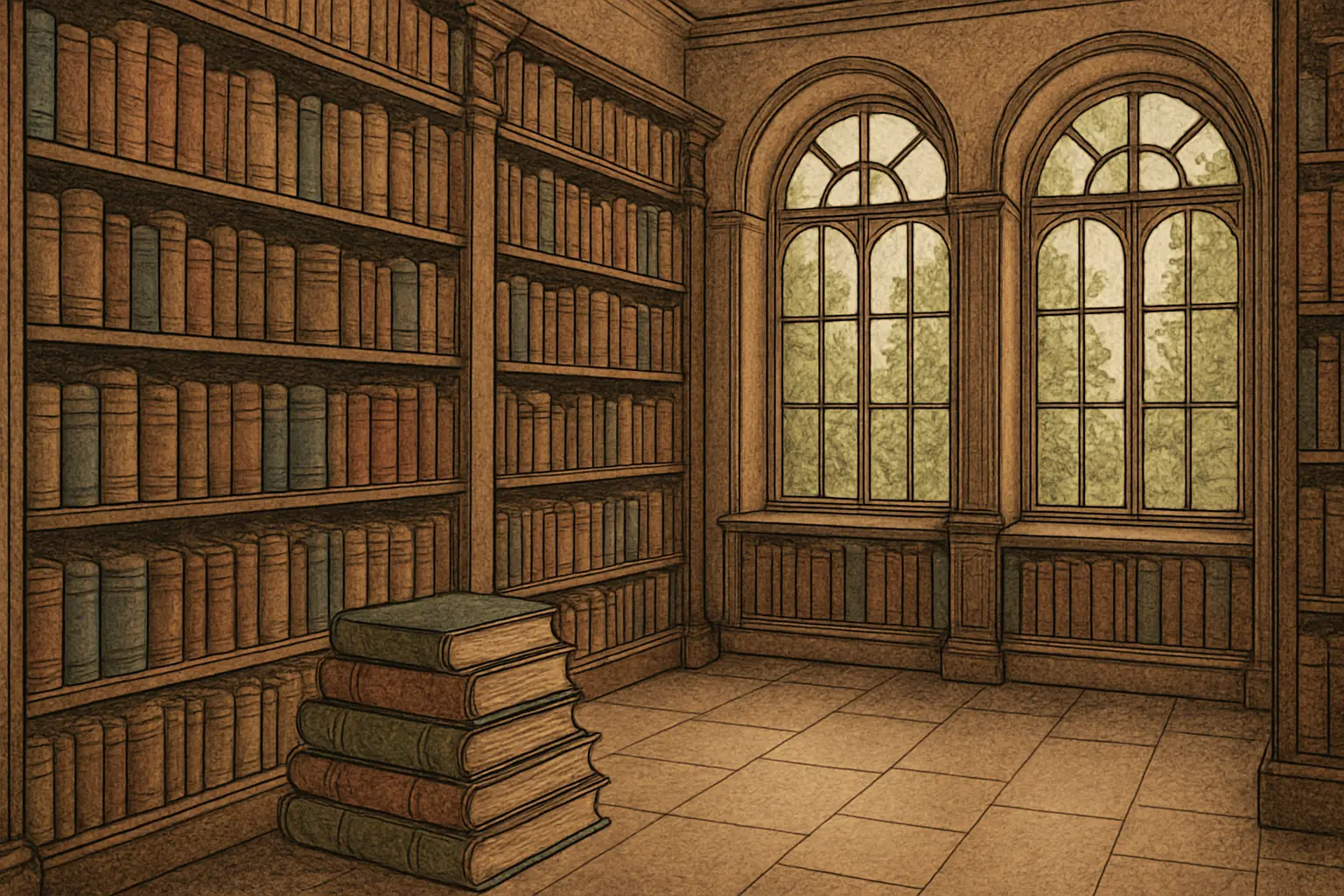Table of Contents
ToggleA vampire is an undead mythical creature that feeds on the blood of the living to survive. They have become popular figures in modern culture, especially in paranormal romance and horror genres.
The Appeal of Vampire Characters in Novels
The appeal of vampire characters comes from a lot of things that really draw readers in. Their dark and mysterious world keeps attracting new fans. Let’s break down some of the main reasons why.
First of All – They Are Charismatic and Seductive
Vampires are often shown as charming, sophisticated, and incredibly seductive, making them hard to resist. Their charisma and magnetic personalities make them both fascinating and captivating.
Forbidden Romance
The thrill of forbidden love is a big part of vampire stories. Vampires often fall for humans, even though it’s dangerous and goes against the rules. This adds excitement, danger, and passion to their relationships, which really hooks readers.
Power and Strength
Vampires are usually portrayed as strong, fast, equipped with supernatural powers. Their ability to mesmerize and control others gives them an air of dominance that’s both intimidating and alluring.
Dark and Mysterious
Vampires have a mysterious, secretive, and dangerous vibe that grabs readers’ attention. Their mysterious ways, living in the shadows and coming out at night, spark curiosity and excitement. Readers can’t help but want to dive into their dark world and uncover all the hidden secrets.
In Alex Fox’s book Born Regal (available on Galatea) for example, the main character Anya, learns that she was born a Vampire Queen – something she had no idea about. This discovery sends her on a wild quest to understand her true identity.
Eternal Youth and Beauty
Immortality is one thing; but vampires also stay forever young and beautiful, never aging no matter how much time passes. Isn’t this a dream. The idea of eternal youth and beauty taps into our own wishes for staying young and full of life.
Early vampire folklore and legends about vampires
Ancient Mesopotamia
The ancient Mesopotamians had myths and legends surrounding creatures known as “Ekimmu” or “Edimmu,” which were believed to be restless spirits of the dead who roamed the earth seeking vengeance or causing harm to the living. While not explicitly vampires in the modern sense, these spirits shared similarities with later vampire folklore, including a thirst for blood and a connection to death.
Ancient Greece
Greek mythology features several creatures with vampiric traits, such as the “Empusa” and the “Lamia.” Empusae were female demons said to seduce and prey upon travelers, while Lamiae were female monsters who fed on the blood of children. These creatures embodied themes of seduction, deception, and the consumption of life force.
Chinese Mythology
Chinese folklore includes tales of “Jiangshi,” which are reanimated corpses or “hopping vampires” that feed on the life force of the living. Jiangshi are often depicted as stiff-bodied creatures with outstretched arms and a distinctive hopping gait. These creatures were believed to be reanimated by dark magic or the influence of malevolent spirits.
Personality Traits of Typical (whatever that can mean) Vampire Characters
- Mysterious and Seductive: These characters know how to be seductive and pull people in.
- Predatory Instincts: By nature, vampires are hunters, driven by their need for blood. They often act like predators—stalking, hunting, and feeding on their prey, and they tend to take pleasure in the process.
- Manipulative and Cunning: Vampire characters are often depicted as cunning and manipulative individuals who use their charm and wit to manipulate others for their own gain. They may employ seduction, persuasion, and deception to achieve their goals and maintain their secrecy. For example, in later books in The Millennium Wolves series by Sapir Englard (published on Galatea), Sienna, the main character, is pursued by a vampire who pretends to be on her side. But he is actually plotting to destroy her and her family.
- Worldliness: Vampires have lived for centuries, sometimes even thousands of years, so they’ve seen and learned a lot about the world. Their long lives give them a sense of sophistication and deep knowledge that makes them different from regular humans.
- Isolation and Loneliness: Even though they’re often charming and seductive, vampires can feel isolated and lonely. Living forever and keeping their true nature a secret makes it hard for them to connect with others, and they may long for real companionship.
- Conflict with Werewolves: In contemporary paranormal romance series, Werewolves and Vampires are often pitted against one another. For example, in the Gideon Series by Nicole Ridley, Balthazar Aristophanes’ vampire sirens pose a major threat to the world order as governed by Gideon and the Royal Lycan family. Our team loved reading the series!
- Struggles: Many vampire characters grapple with questions of morality and ethics, as they navigate the complexities of their existence as predators who feed on the blood of the living. They may struggle with feelings of guilt, remorse, or self-loathing over their actions, especially if they harm innocent people.
- Code of Conduct: Some vampires follow strict rules about how they behave around humans and other supernatural beings. These rules might include when they can feed, who they can turn into a vampire, and how they deal with other creatures, like werewolves.
- Sexuality and Romance: Vampires in novels are usually shown as highly sexual and passionate. Their relationships—whether with humans or other vampires—are often intense and full of sensuality, adding a strong romantic and erotic element to the story.
Symbols in Vampire Novels
Blood
Blood is the most important symbol linked to vampires. It stands for life, energy, and primal instincts. When vampires drink blood, it shows power, control, and the sharing of life force.
Night and Darkness
Vampires live in the night, and darkness reflects their mysterious and dangerous side. Nighttime settings create fear, tension, and a sense of the unknown, making the story feel more suspenseful.
The Full Moon
The full moon often symbolizes transformation and primal urges, bringing out the beast within. While it’s more common in werewolf stories, the full moon can also affect vampires in some tales, connecting it to their wild nature.
Crucifixes and Religious Symbols
Items like crucifixes, crosses, and holy water are often used to protect against vampires. These symbols represent purity, faith, and protection from evil.
Immortality
Vampires live forever, never aging or dying naturally. Immortality represents power and the temptation of eternal youth, but it also brings loneliness and the burden of living forever.
The Vampire Bite
The bite is a symbol of control, submission, and the exchange of fluids. It highlights the intimate connection between the vampire and the victim, as well as the loss of control.
Coffins and Graves
Coffins and graves symbolize death and the afterlife. Vampires are often shown sleeping in coffins during the day, rising at night to hunt. These symbols link vampires closely to death and being undead.
Reflections and Mirrors
Vampires are sometimes shown without a reflection in mirrors, representing their separation from humanity. Mirrors also stand for self-reflection, identity, and the dual nature of humans.
The Bat
Bats are often connected with vampires, symbolizing their nocturnal nature and ability to transform into a bat. Bats also represent death, rebirth, and the crossing between worlds.
The Symbol of Darkness

- Nocturnal Nature. Their association with nighttime evokes feelings of fear, mystery, and the unknown, contributing to their image as symbols of darkness.
- Fear of the Unknown – vampires embody primal fears and anxieties surrounding death, the afterlife, and the supernatural. Their mysterious and enigmatic nature taps into humanity’s fear of the unknown, leading them to be associated with darkness and all that is hidden and unseen.
- Predatory Instincts. Vampires are predators by nature, driven by a primal hunger for blood. Their predatory instincts and nocturnal hunting habits evoke feelings of danger, threat, and menace, reinforcing their association with darkness and the shadows.
- Seduction and Temptation: vampires are often depicted as seductive and alluring beings who use their charm and charisma to lure unsuspecting victims into their grasp. Their ability to manipulate and seduce others adds an element of danger and temptation to their character, further contributing to their image as symbols of darkness.
Vampire symbolism and stories are full of themes that keep us hooked. From blood and immortality to the excitement of seduction and power, vampires play on our biggest fears and desires. Their world is all about mystery, danger, and forbidden love, with symbols that connect to our own thoughts about life, death, and everything in between. Whether they’re lurking in the shadows or charming us with their immortality, vampires will always fascinate and spark our imaginations.


